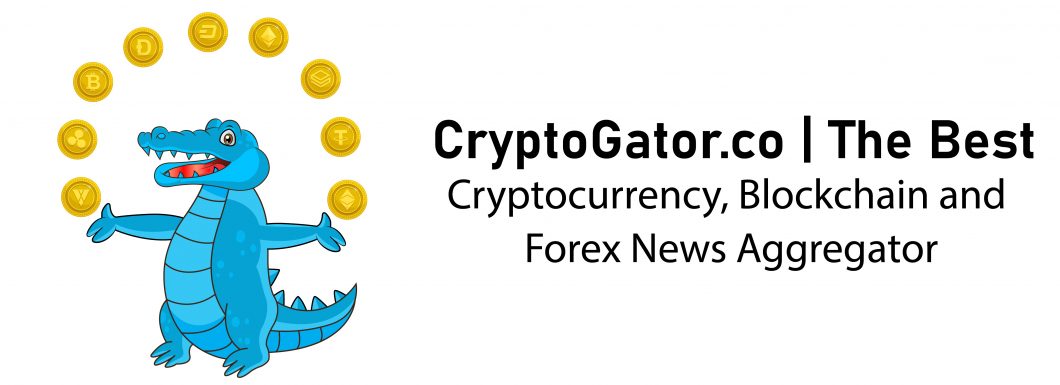The post Pre-History of Bitcoin – From Cryptography to Cryptocurrency: The 40-Year Evolution of Bitcoin appeared first on Coinpedia Fintech News
Welcome to our article, where we take a deep dive into the pre-history of Bitcoin, the revolutionary digital currency that has disrupted the traditional monetary system. In this piece, we explore the key events and individuals who laid the foundation for the creation of the world’s first decentralized digital currency.
By understanding the origins of this technology, we can gain valuable insights into how it has transformed the way we think about money and financial transactions.
Join us on a fascinating 40 years journey through the early days of Bitcoin and discover how it all began.
But before we explore its growth and adoption, let’s first understand the loopholes in traditional money. As the renowned economist, Friedrich Hayek once said,
“I don’t believe we shall ever have good money again before we take the thing out of the hands of the government.”
The traditional monetary system is controlled by central authorities and is susceptible to inflation, corruption, and manipulation. This led to a growing need for a decentralized and transparent alternative.
In 2008, an unknown individual or group of people using the pseudonym Satoshi Nakamoto introduced a revolutionary idea – a peer-to-peer digital currency that operates without a central authority. This invention marked the beginning of a new era in the world of money – Bitcoin.
Over the years, Bitcoin has grown to become a global phenomenon, with more and more people recognizing its potential as a store of value and a medium of exchange.
The adoption of digital currency has grown exponentially, with major companies such as Tesla and Square investing in it. Payment companies like PayPal and Visa are also integrating Bitcoin into their systems, and regulations have been put in place to ensure digital currency’s safe and legal use.
But as the famous quote goes, “Be patient, Empires are not built in a day”. It took 40 years of discoveries and inventions for Bitcoin to become a reality. And as we continue to see its growth and adoption, it’s clear that the future of money may just be digital.
Let’s begin our journey into the World of Bitcoin.
Bitcoin’s Prehistory
The period of time before the creation of the Bitcoin network in January 2009. This prehistory is a complex and fascinating story that involves various individuals and events that contributed to the development of the digital currency.
One of the major events in Bitcoin’s prehistory is the development of digital currencies that preceded it. One of the earliest examples is Ecash, created by David Chaum in 1982. Ecash was a digital currency that used encryption to ensure anonymity and security for transactions.
Another important precursor to Bitcoin is E-gold, created by Douglas Jackson and Barry Downey in 1996. E-gold was an online payment system that was based on the gold standard. It allowed users to make instant, low-cost transactions in gold.
In 1997, Adam Back developed hashcash, a proof-of-work system that was designed to prevent email spam. This system was later adapted and used in the Bitcoin network as a mechanism to secure transactions.
Another prominent figure in Bitcoin’s prehistory is Nick Szabo, who created Bit gold in 1998. Bit gold was a decentralized digital currency that used a proof-of-work system similar to Hashcash.
Wei Dai, another computer scientist, and cryptographer created B-money in 1998. B-Money was a proposed electronic cash system that would use a distributed network to prevent double-spending.
Now Finally, Hal Finney was an American computer scientist who developed Reusable Proof of Work (RPOW) in 2004. RPOW was a proposed system for creating digital tokens that could be traded on a peer-to-peer network, similar to Bitcoin.
All of these early digital currencies and projects laid the foundation for the creation of Bitcoin.
We have just learned about the prehistory of Bitcoin and the various individuals and projects that laid the foundation for its creation. Now, let’s introduce the man behind the curtain, Satoshi Nakamoto.
Entry of Satoshi Nakamoto
Satoshi Nakamoto, the pseudonym of the individual or group who created Bitcoin, entered the scene in 2008 with the publication of a white paper outlining a peer-to-peer electronic cash system. This system, known as Bitcoin, aimed to address the existing loopholes in traditional money that we discussed earlier.
Satoshi identified that traditional money was controlled by central authorities and was susceptible to inflation, corruption, and manipulation. He also recognized that earlier digital currencies, such as Ecash and E-gold, faced issues of scalability and centralization, which led to their eventual demise.
With the launch of Bitcoin, Satoshi proposed a solution – a decentralized digital currency that operates on a peer-to-peer network. This network is secured by cryptography and operates without a central authority, making it resistant to manipulation and fraud.
Before the launch of Bitcoin, it was not possible to have a decentralized and transparent digital currency that operates on a peer-to-peer network. Satoshi’s creation of Bitcoin made it possible for individuals to have direct control over their money, without the need for intermediaries.
Satoshi’s Goal of Building Decentralization
Satoshi Nakamoto was successful in building decentralization in Bitcoin by designing the network to operate on a peer-to-peer basis. In a peer-to-peer network, there is no central authority or intermediary controlling the network. Instead, all participants in the network are equal and have the same authority to validate transactions and create new blocks.
To achieve this, Satoshi implemented several key features in the Bitcoin network. One of the most important features is the blockchain. The blockchain is a decentralized, digital ledger that records all transactions on the network. It is maintained by a network of participants called nodes, who work together to validate transactions and create new blocks.
Another key feature that enables decentralization in Bitcoin is the consensus mechanism known as Proof of Work (PoW). PoW is a system that requires nodes to solve complex mathematical problems in order to add new blocks to the blockchain. This process is called mining, and it ensures that no single node can control the network.
Satoshi also implemented a decentralized system for the distribution of new Bitcoins, which is known as the mining reward. In this system, new Bitcoins are created and distributed to nodes who successfully mine new blocks. This ensures that new Bitcoins are distributed fairly among all participants in the network.
Additionally, Satoshi designed Bitcoin to be open-source software, which means that anyone can access and modify the source code. This ensures that the network is transparent and allows the community to contribute to its development.
Overall, Satoshi’s design of a peer-to-peer network, the use of blockchain technology, the consensus mechanism of proof of work, the decentralized distribution of new Bitcoins, and the open-source nature of the software all contribute to the decentralization of the Bitcoin network.
Conclusion
In conclusion, we have just seen how Satoshi Nakamoto’s vision of a decentralized digital currency led to the launch of Bitcoin. By designing a peer-to-peer network, implementing blockchain technology, using the consensus mechanism of Proof of Work and the open-source nature of the software, Satoshi was able to achieve decentralization in the Bitcoin network.
This decentralization has opened up new possibilities for the future of money, giving individuals direct control over their funds without the need for intermediaries. The rise of decentralization has also led to the launch of blockchain technology, which is now being used in various industries beyond just digital currency.
As we have seen, the growth of Bitcoin has been nothing short of remarkable. From its humble beginnings in 2008, it has grown to become a global phenomenon. Adoption of the digital currency has grown exponentially, with more and more people recognizing its potential as a store of value and a medium of exchange.
In the next article, let’s dive deeper into the world of blockchain and bitcoin and see how decentralization has led to their launch and their potential for revolutionizing various industries. Thank you for reading and stay tuned for more updates on the world of decentralization and blockchain technology.



